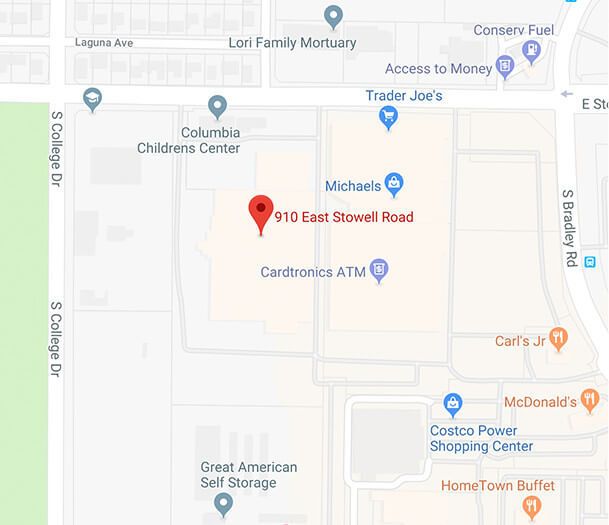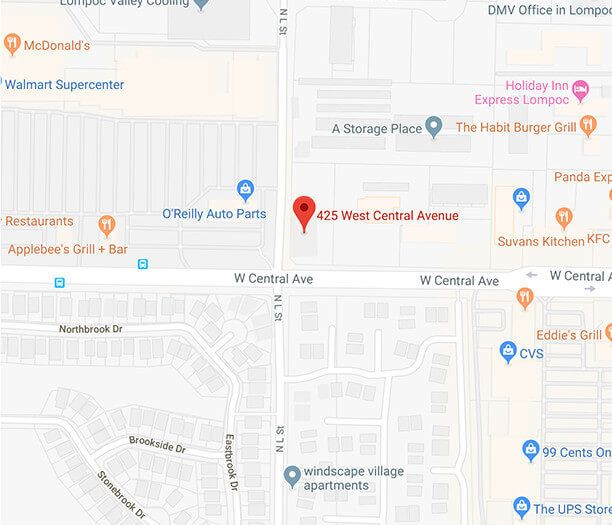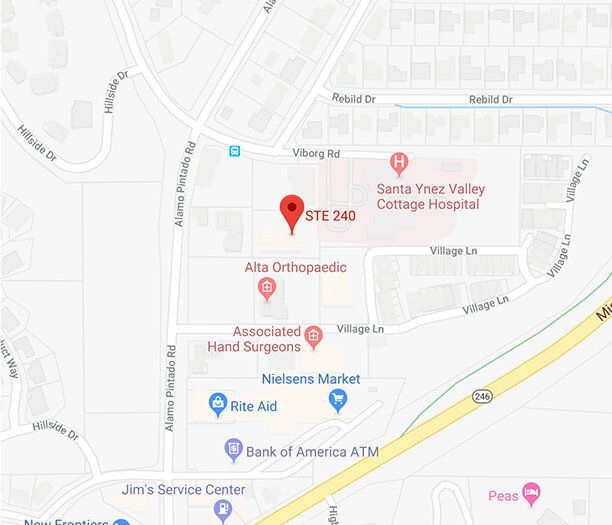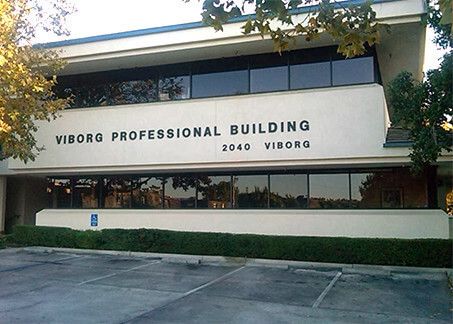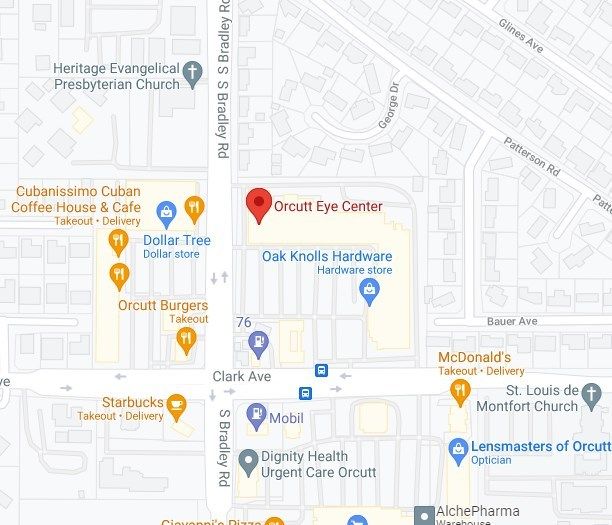
LASIK or laser-assisted in situ keratomileusis is a popular eye surgery for correcting refractive errors. Still, the American Society of Cataract and Refractive Surgery warns of the different misconceptions about LASIK despite this procedure’s effectiveness. Here are the common LASIK myths and the truths that debunk them.
Myth 1: LASIK Is Painful
Truth: Most patients experience mild or no pain at all during the procedure, which lasts for 10 -15 minutes. You can ask your eye doctor to give you some numbing eye drops first. You can also choose to take an over-the-counter pain medication to lower your pain levels. Some patients can take mild sedatives to calm them down before LASIK. It will take only a day to recover from it.
Myth 2: LASIK Does Not Work on Astigmatism
Truth: Unlike decades ago, LASIK can now treat astigmatism, which is a refractive error. Aging individuals can also have LASIK for hyperopia. This procedure can be the answer to many refractive errors at any age.
Myth 3: Blindness Is a Complication of LASIK Surgery
Truth: LASIK reshapes your cornea, which is the front surface of your eye. As a form of surgery, it entails some risks and complications—as with any other surgery. A patient may experience blurry vision or dry eye syndrome for about two days. If there are complications, they are often mild and treatable. Your eye doctor will give you specific instructions on aftercare. Following them can prevent infection and help your eyes heal better.
The possibility of getting severe complications from LASIK surgery is low. It is rare for this procedure to have negative side effects. Some of these are night vision complications, lasting dry eye and pain, as well as light sensitivity and blurry vision. Your eye doctor will assess you carefully. You will not always qualify for LASIK. If you do not, your eye doctor will help you get an alternative solution to your eye issue.
Myth 4: LASIK Provides Temporary Effects
Truth: You get permanent results from LASIK surgery. They do not wear off. Once you get your cornea reshaped, it will be forever. But the other parts of your eye may change over time. It is normal to get reading glasses for farsightedness, which is often due to inner lens hardening. After your LASIK, you can experience non-cornea-related changes in your eye. You may still need to get reading glasses then.
Myth 5: LASIK Is the Same Anywhere You Go
Truth: There are different types of laser models and sizes for LASIK surgery. An eye doctor may choose lasers that are different from what another eye doctor uses. The choices depend on an individual’s refractive errors. LASIK needs a highly-trained eye doctor to operate its technology. Different eye doctors have different levels of experience and skill. They also have different outcomes.
Finding out the truth about each of the mentioned myths can motivate you to talk to your eye doctor about LASIK. At Shepard Eye Center, we provide high-quality eye care products and treatments that can help our patients achieve better ocular health. You can visit our centers in Santa Maria, Lompoc, Solvang, and Orcutt, California, for a one-on-one consultation. Call 805-667-0100 (Santa Maria), 805-793-1800 (Lompoc), 805-410-9998 (Solvang), or (805) 937-9532 (Orcutt) to set an appointment or inquire about our LASIK surgery packages.









